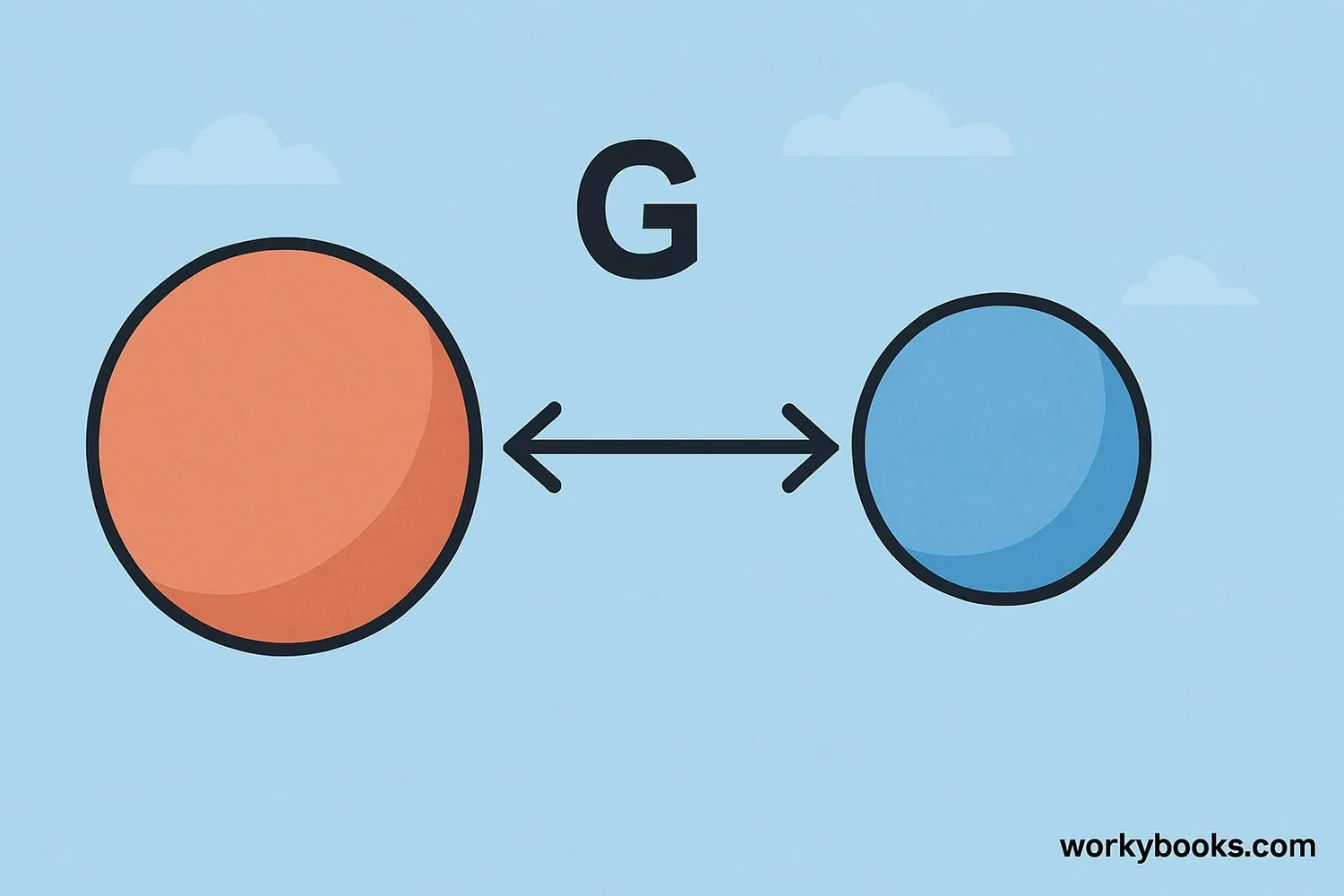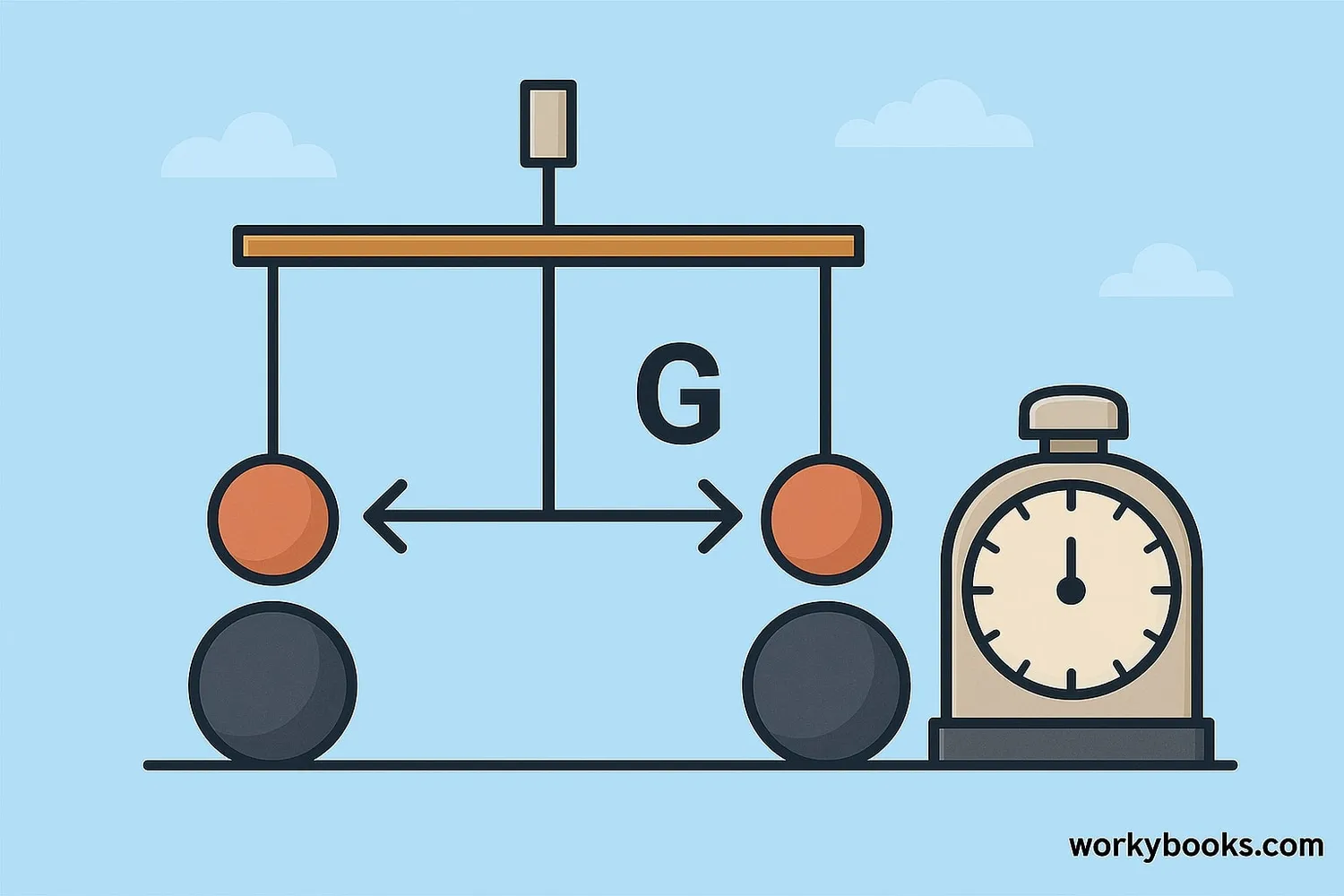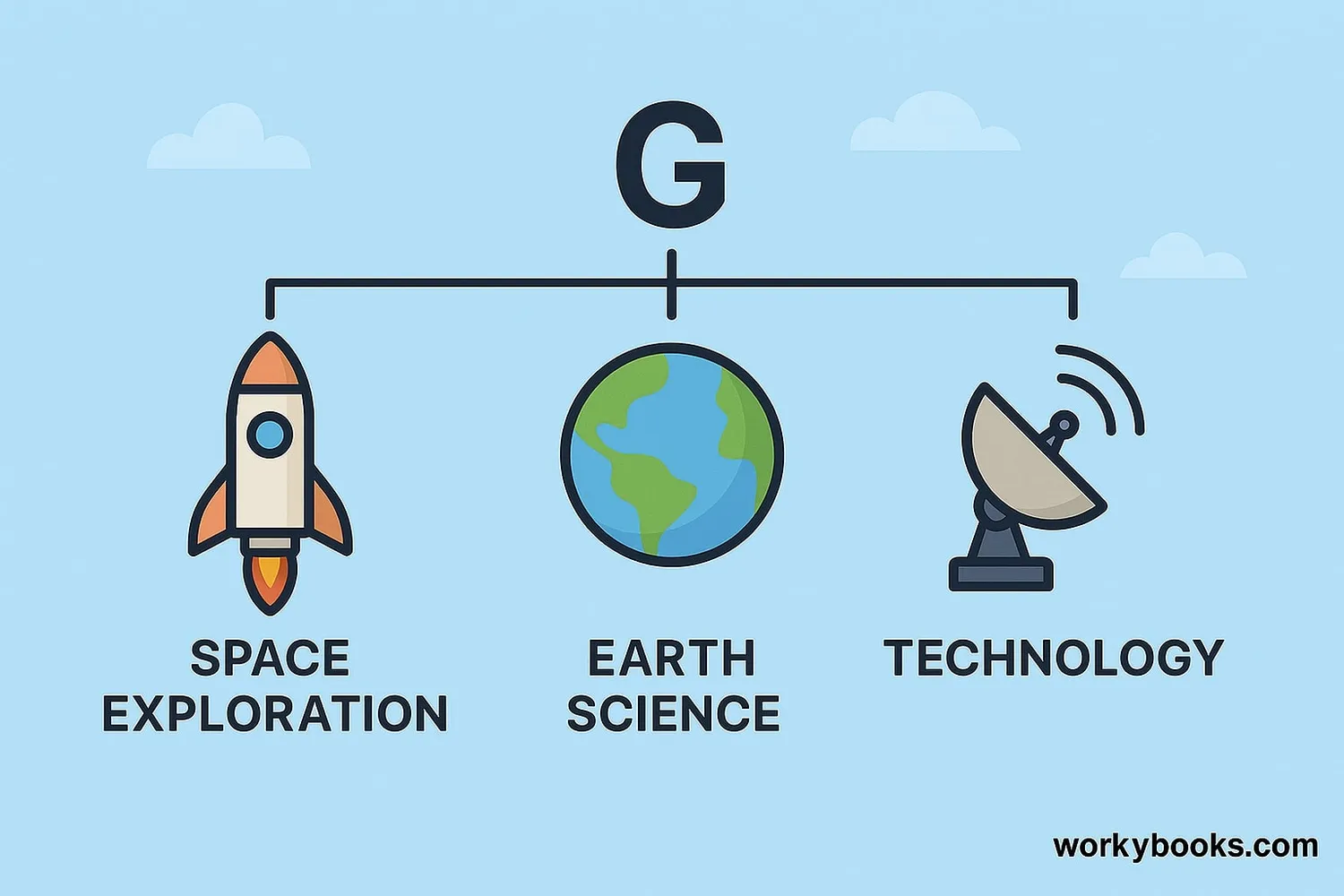Gravitational Constant - Definition, Examples, Quiz, FAQ, Trivia
Discover the universal constant that helps us understand gravity
What is the Gravitational Constant?

The gravitational constant is a special number in physics that helps scientists calculate how strong the gravitational force is between objects. It's represented by the letter G and appears in Isaac Newton's law of universal gravitation.
Think of the gravitational constant as a "conversion factor" that helps us turn mass and distance into a measurement of gravitational force. Without this constant, we wouldn't be able to accurately calculate how much objects attract each other through gravity.
In this formula:
• F is the gravitational force between two objects
• G is the gravitational constant
• m₁ and m₂ are the masses of the two objects
• r is the distance between the centers of the two objects
Did You Know?
The gravitational constant is one of the most difficult physical constants to measure because gravity is the weakest of the fundamental forces!
History and Discovery

The gravitational constant was first measured accurately by scientist Henry Cavendish in 1798. He conducted a famous experiment using a torsion balance - a delicate device with weights suspended by a wire.
Cavendish's experiment was so precise that his measurement of G was within 1% of today's accepted value! His work helped scientists calculate the mass of the Earth for the first time.
Newton's Theory
Isaac Newton described gravity mathematically but didn't know the value of G
Cavendish's Experiment
Henry Cavendish measured G using a torsion balance in 1798
Modern Measurements
Scientists continue to refine the measurement of G with advanced technology
Measurement Challenge
Even with today's advanced technology, measuring G precisely remains challenging because gravity is so weak compared to other forces and easily affected by environmental factors.
Why the Gravitational Constant is Important

The gravitational constant is crucial for many areas of science and technology:
Understanding Planets
Helps scientists calculate the mass of Earth and other celestial bodies
Space Exploration
Essential for planning spacecraft trajectories and satellite orbits
Fundamental Physics
Helps test theories of gravity and understand the universe
Without an accurate value for the gravitational constant, we wouldn't be able to:
• Calculate the masses of planets and stars accurately
• Plan space missions to other planets
• Understand how galaxies form and behave
• Test Einstein's theory of general relativity
• Develop precise GPS technology
The gravitational constant helps bridge the gap between mathematical theories about gravity and real-world measurements!
Knowledge Check
Test your understanding of the gravitational constant with these questions.
Frequently Asked Questions
Here are answers to common questions about the gravitational constant:
Interesting Facts
Discover some fascinating information about the gravitational constant:
Precise Measurement
The gravitational constant is known with less precision than other fundamental constants. Even with modern technology, measurements of G still vary by about 0.05% between different experiments.
Historical Context
Newton knew his law of universal gravitation needed a constant, but he never knew its value. It took over 100 years after Newton's work for Cavendish to make the first accurate measurement.
Space Missions
Precise knowledge of G is crucial for space missions. Small errors in G could lead to large errors in calculating planetary masses, which could cause spacecraft to miss their targets!
Fundamental Question
Some physicists wonder if G might actually change over extremely long time periods. Experiments continue to test this possibility, but so far no evidence has been found that G changes.


